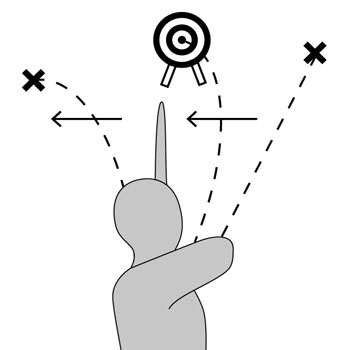Interliminal Design: Understanding cognitive heuristics to mitigate design distortion
DOI:
https://doi.org/10.7577/formakademisk.799Keywords:
cognitive heuristics, design methodology, cognitive bias, design distortion, wicked problemsAbstract
Cognitive heuristics are mental shortcuts adapted over time to enable rapid interpretation of our complex environment. They are intrinsic to human cognition and resist modification. Heuristics applied outside the context to which they are best suited are termed cognitive bias, and are the cause of systematic errors in judgment and reasoning. As both a cognitive and intuitive discipline, design by individuals is vulnerable to context-inappropriate heuristic usage. Designing in groups can act positively to counterbalance these tendencies, but is subject to heuristic misuse and biases particular to social environments. Mismatch between desired and actual outcomes– termed here, design distortion – occurs when such usage goes unnoticed and unaddressed, and can affect multiple dimensions of a system. We propose a methodology, interliminal design, emerging from the Program in Collaborative Design at Pacific Northwest College of Art, to specifically address the influence of cognitive heuristics in design. This adaptive approach involves reflective, dialogic, inquiry-driven practices intended to increase awareness of heuristic usage, and identify aspects of the design process vulnerable to misuse on both individual and group levels. By facilitating the detection and mitigation of potentially costly errors in judgment and decision-making that create distortion, such metacognitive techniques can meaningfully improve design.

Downloads
Published
How to Cite
Issue
Section
License
Authors who publish with this journal agree to the following terms:
- Authors retain copyright and grant the journal right of first publication with the work simultaneously licensed under a Creative Commons Attribution 4.0 License that allows others to share the work with an acknowledgement of the work's authorship and initial publication in this journal.
- Authors are able to enter into separate, additional contractual arrangements for the non-exclusive distribution of the journal's published version of the work (e.g., post it to an institutional repository or publish it in a book), with an acknowledgement of its initial publication in this journal.
- Authors are permitted and encouraged to post their work online (e.g., in institutional repositories or on their website) prior to and during the submission process, as it can lead to productive exchanges, as well as earlier and greater citation of published work (See The Effect of Open Access).
- The author(s) must manage their economic reproduction rights to any third party.
- The journal makes no financial or other compensation for submissions, unless a separate agreement regarding this matter has been made with the author(s).
- The journal is obliged to archive the manuscript (including metadata) in its originally published digital form for at least a suitable amount of time in which the manuscript can be accessed via a long-term archive for digital material, such as in the Norwegian universities’ institutional archives within the framework of the NORA partnership.
The material will be published OpenAccess with a Creative Commons 4.0 License which allows anyone to read, share and adapt the content, even commercially under the licence terms:
This work needs to be appropriately attributed/credited, a link must be provided to the CC-BY 4.0 licence, and changes made need to be indicated in a reasonable manner, but not in any way that suggests that the licensor endorses you or your use.



